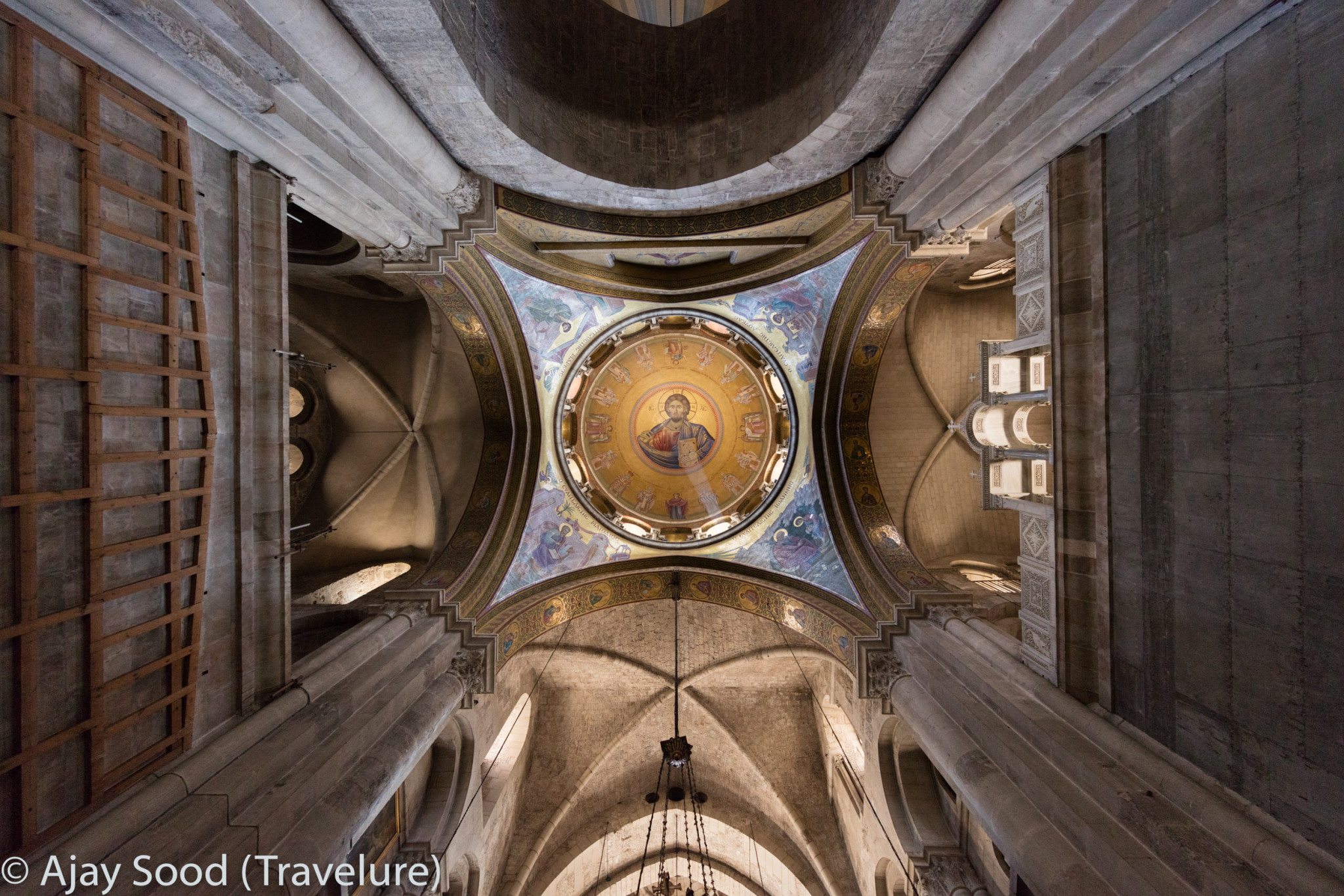Ruins of Hampi – The Places of Worship
The temples dedicated to different gods in Hampi intrigued me. But, while researching, I realised that between the 14th and the 16th centuries CE, four different dynasties ruled the once-prosperous Vijayanagara, a capital city that was a rich trading hub. While these rulers built the royal structures we find in the ruins of Hampi today, these dynasts of different faiths also left behind another mixed, yet rich, legacy: the temples of different deities. You’ll find the temples dedicated to Shiva, Rama, Vishnu, Krishna, and the Vanara god Hanuman, all over Hampi.

The Temples of Hampi
Not all temples are from the medieval era. Some date back to the 2nd and the 3rd centuries CE. Hampi also finds reference in the Indian epic Ramayana as Kishkindha, the Vanara kingdom of King Bali, Sugreeva, and Hanuman.
As we set out to explore the temples of Hampi, a soft-spoken local autorickshaw driver offered to take us around. He mentioned that his name, Pampa, is also another name for Hampi. Besides Pampa, other names of Hampi are Hampe, Kishkindha Kshetra, and of course, Vijayanagara.

Before setting out from Hampi Bazaar, we had a look at the famed 7th-century Virupaksha Temple. Its gopuram is 166 feet high. It is a temple dedicated to Lord Virupaksha, the manifestation of Lord Shiva as the consort of local goddess Pampadevi. From here, we set out for a walk by the south bank of River Tungabhadra, along Courtesans Street. The key cluster here comprises the Kodandarama, Yantradharaka Anjaneya (Hanuman), Ranganatha, and Varaha temples. There are more, but then, I have not seen them all.


Temple Backstories and More
Inside Kodandarama Temple, there are idols of Lord Rama, his brother Lakshmana, and his wife Sita carved out of a single boulder. Legend has it that Lord Rama had killed Vanara king Bali and crowned his brother Sugreeva as the king of Kishkindha here. It is one of the oldest places of worship in Karnataka.

Yantradharaka Anjaneya (Hanuman) Temple is on a hilltop just behind the Kodandarama Temple. Locals believe Lord Rama met Hanuman here for the first time. Another legend about the temple is that Sri Vyasaraja used to draw an image of Lord Hanuman in charcoal and pray here. By the time his prayers would finish, the Hanuman image would disappear. Sri Vyasaraja pleaded with Lord Hanuman to not vanish. The Lord appeared and asked Sri Vyasaraja to constrain him in a six-sided amulet (yantra). And now, that is the idol we see inside.


An inconspicuous ruin nearby houses the Ranganatha Temple. The idol inside depicts Vishnu resting on the snake, Anantha. It is best to visit this temple during daylight because the sanctum sanctorum is dark.

The idol in Varaha Temple is missing. But the elaborate stone carvings all around its precinct take your breath away. Besides many sculptures here, one of specific interest is the sculpted insignia of the Vijayanagara Empire that comprises the sun, the moon, a dagger, and a boar. This 13th-century temple dedicated to the Varaha (boar) incarnation of Lord Vishnu has stunning architecture.




A God in Every Stone
From here, we walked further north along the river and discovered shivalingas, idols, and inscriptions sprinkled across the stones and boulders, many of which get covered in Tungabhadra waters during the monsoons. These ranged from a single shivalinga with Nandi and devotees to sets of multiple shivalingas; inscriptions in ancient Kannada to idols of assorted gods and goddesses; carved stones, to prayer caves; and more.
We visited some more temples, but I’ll take you through those in the next post. Till then, consider planning a visit to Hampi, the largest open-air heritage museum in the world.
Pin this heritage.




















